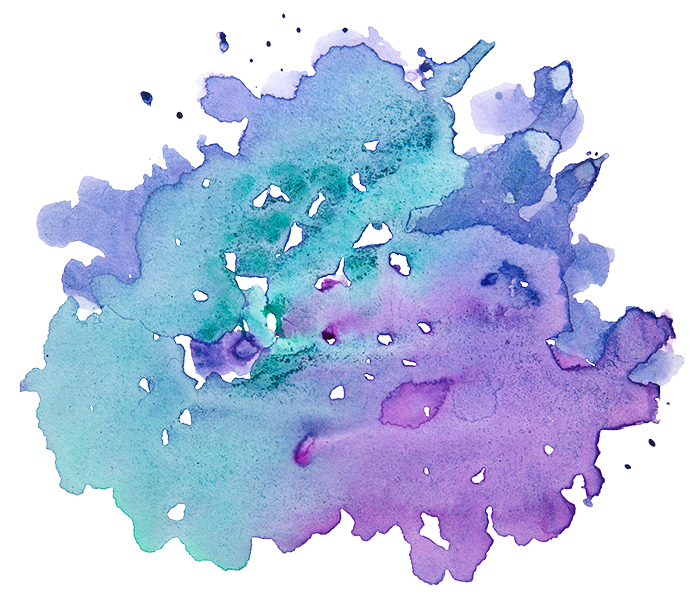by Lisa Berman, Director of Education

Recently I had the opportunity to talk about Mayyim Hayyim and mikveh to a group of senior citizens, residents of the lovely Golda Meir House, just a few doors down from our organizational home here in Newton, MA.
The turnout was better than I expected with about 19 women and one brave man who, I suspect, had been coerced into attending by his more curious wife.
I launched into my spiel about the origins of the mikveh ritual as well as the vision and creation of our unique organization. I asked if any of them had ever been to a mikveh, and a few had; they related oft-heard descriptions of dark, cold, intimidating experiences as brides, going at the bidding of their mothers or future mothers-in-law. A few had more recent, positive reflections of accompanying future daughters-in-law or grandchildren to the mikveh.
As a typical group of seniors, they peppered me with questions right from the start. “You have to go all the way under the water? Even your hair?” You wear a bathing suit, though, right?” (Sorry, no.) “You put a baby UNDER the water? That’s crazy!” (Yes, and it’s perfectly safe.) “Wait – this place is right down the street from here? Why didn’t anyone tell us before?”
One woman asked me very pointed questions throughout my talk. In a strong accent, she challenged my descriptions of people immersing at Mayyim Hayyim for other than commanded reasons – for divorce, before bat and bar mitzvah, for healing. “That’s not mikveh!” she declared. When I explained that our philosophy at Mayyim Hayyim is to empower each immersee to prepare and immerse in whatever way feels authentic to them (while being prepared to offer any instruction they may ask for), she called out stridently “it’s not mikveh if you don’t do it the right way!” I tried to explain our point of view, seemingly unsuccessfully, given the scornful look she leveled at me over and over.
Not one easily dissuaded, I continued my talk, telling some of the many powerful stories of those who have come to immerse at Mayyim Hayyim.
In the closing minutes of my talk, I told the gathering that the reason I became involved with Mayyim Hayyim in the first place was to help create a wonderful experience for those individuals coming to immerse as the last step in their journey to becoming Jewish. Many years ago, I also stood at the top of the mikveh steps not quite yet a Jew, and my immersion that day was fraught with anxiety, discomfort, uneasiness and ignorance. I wanted to help others have a positive, welcoming experience.
There were a few sly smiles in the audience. I could hear a few of the women thinking to themselves (as many before them have said to my face with a smile) “I knew she didn’t look Jewish!” It doesn’t bother me. More than most, given where I work, I know the amazing variety of the “look” of American Judaism. But not everyone understands that yet.
And then, as I was packing up, my challenging questioner approached me. Very close, she looked seriously into my eyes. Slowly and quietly she said, “I am a survivor. You know?” “Yes, I understand.” “I want you to know something. I’m proud of you. I’m proud of what you are doing. I’m really proud of you.”
In that moment I was as proud as I have ever been of what I (and we) do here at Mayyim Hayyim. And of the choice I made that day almost 33 years ago – and make every day – to be a Jew.
Lisa Berman is the Director of Education at Mayyim Hayyim. She began as a volunteer mikveh guide the week Mayyim Hayyim opened its doors in 2004 and now directs a Center that educates more than 2500 people each year about this ancient ritual and its contemporary possibilities. She converted to Judaism in 1980 at the mikveh attached to the Bruriah High School in Elizabeth, NJ. She is grateful to all the students who have helped her learn how to be a patient and open-minded teacher.

